The landscape is edible. Sure, pick the wrong mushroom and you might take an unexpected trip — or die. Those odds are pretty low but scary for some nevertheless. A better, more risk-averse starting block for new foragers is flowers. They’re generally easier to identify than fungi, they taste great, and there’s minimal risk of rocketing into the fifth dimension with a space coyote voiced by Johnny Cash.
Some of these are wild, others can be planted in an existing flower or vegetable garden. If you’re going to plant something, you might as well be able to eat it!
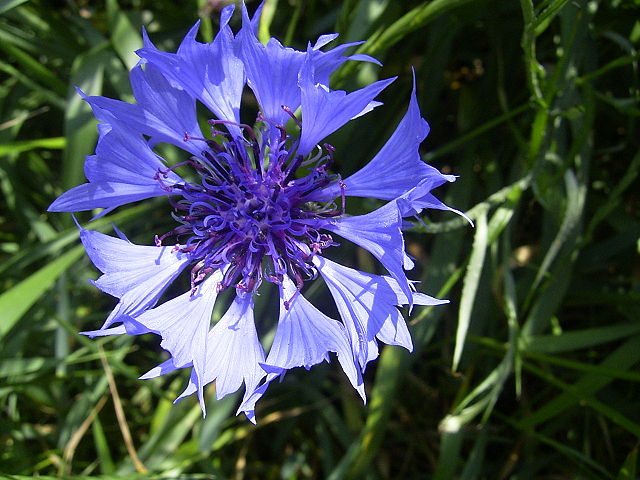
Bachelor’s Button, perennial
Pointy, yet soft plants somewhat reminiscent of a miniature carnation, with petals ranging from blue to white, pink, or maroon. Only eat the petals, which taste sweet and cloverlike. Glam up any dessert or salad, or whip up a great tea. Noted for vitamin B7 and calcium nutrients.
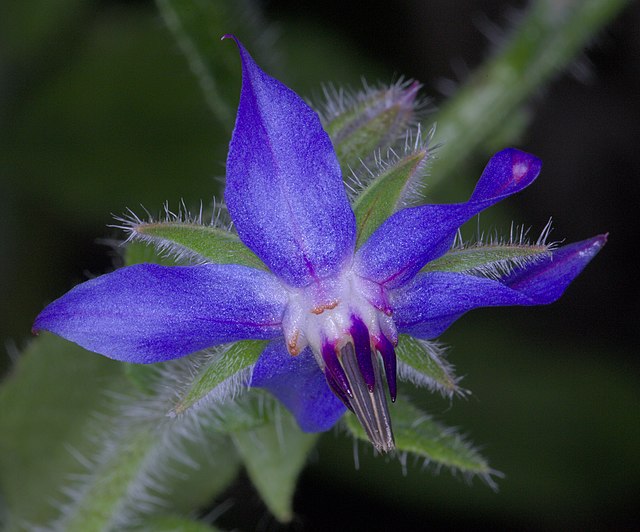
Borage, perennial
Bright star blue flowers with hairy-looking leaves that dissolve quickly once placed in a mouth. Consume leaves, stalk, and flowers when they are young, as they grow bitter with age. Cucumber flavored and often substituted for lettuce or spinach. Noted for high levels of vitamin A and C and various minerals, as well as antioxidant properties.
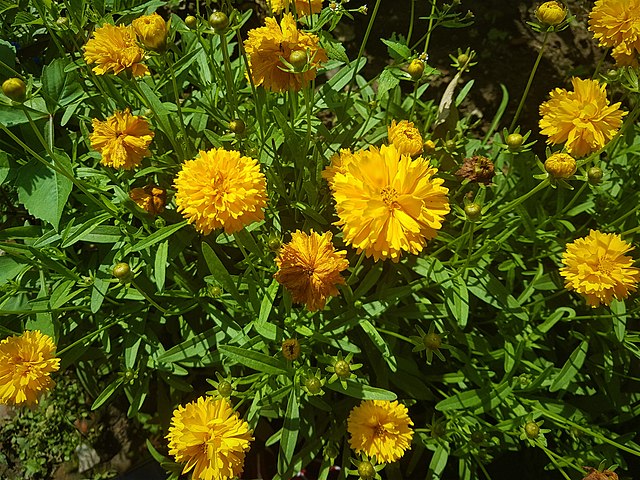
Calendula or Marigolds, annual
Colors range from yellow to gold to orange. Only petals are edible, holding a peppery to tangy or bitter to anise flavor. Use as garnishes on dishes or infuse in olive oil and honey. Known for antifungal and antimicrobial properties.
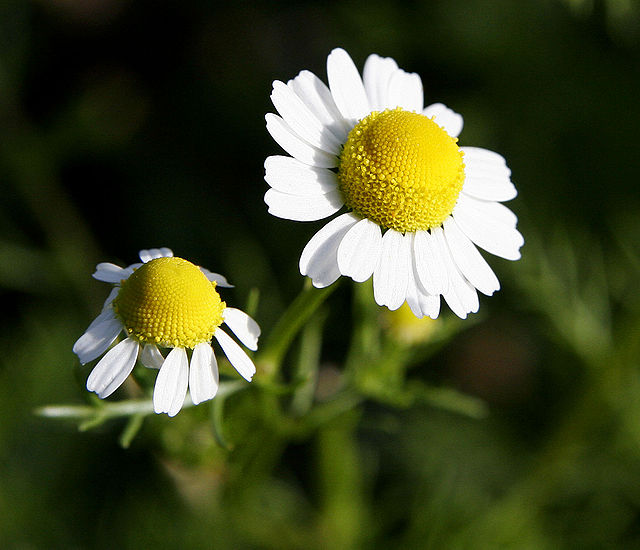
Chamomile, annual
Daisylike flowers with bitter-tasting leaves. Petals taste of apples and honey. Often made into teas possessing calming effects or mixed with condiments like mayo or cream cheese. Possesses high amounts of calcium and magnesium and antioxidant properties.
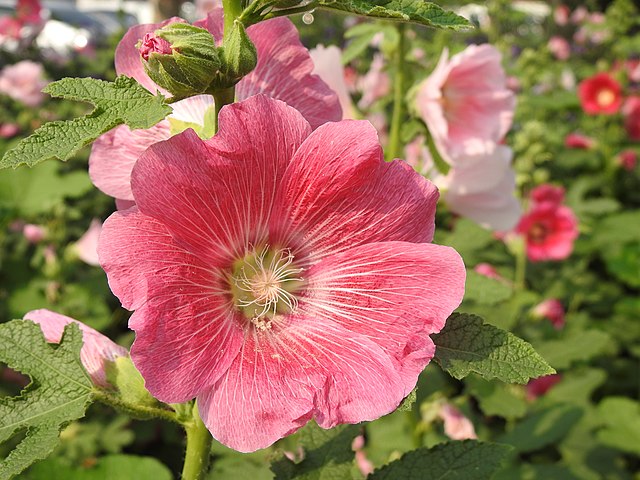
Hollyhock, biennial
Single or double cup-shaped flowers growing on tall spikes like a stalk with a wide variety of colors. The leaves, roots, flowers, and seeds are edible. Try making hollyhock granola or salad dressing, or use leaves like spinach. Noted for dietary fiber and potassium values.
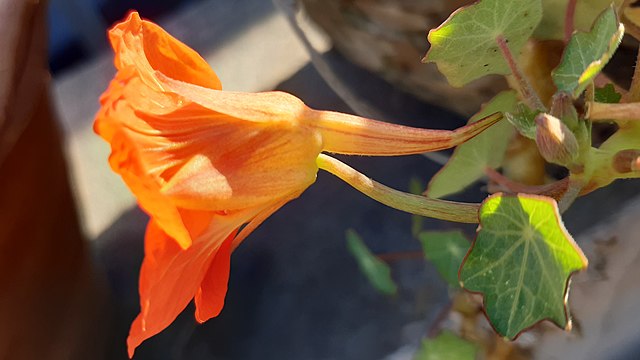
Nasturtium, annual
Bold blooms of many colors with edible leaves, flowers, and seedpods that taste of pepper with slight undertones of mustard. One of the most versatile flowers to cook with: stuffed nasturtium leaves, cucumber nasturtium kimchi, green bean nasturtium salad are a few possibilities. Contains vitamins C, B1, B2, and B3 and iron.
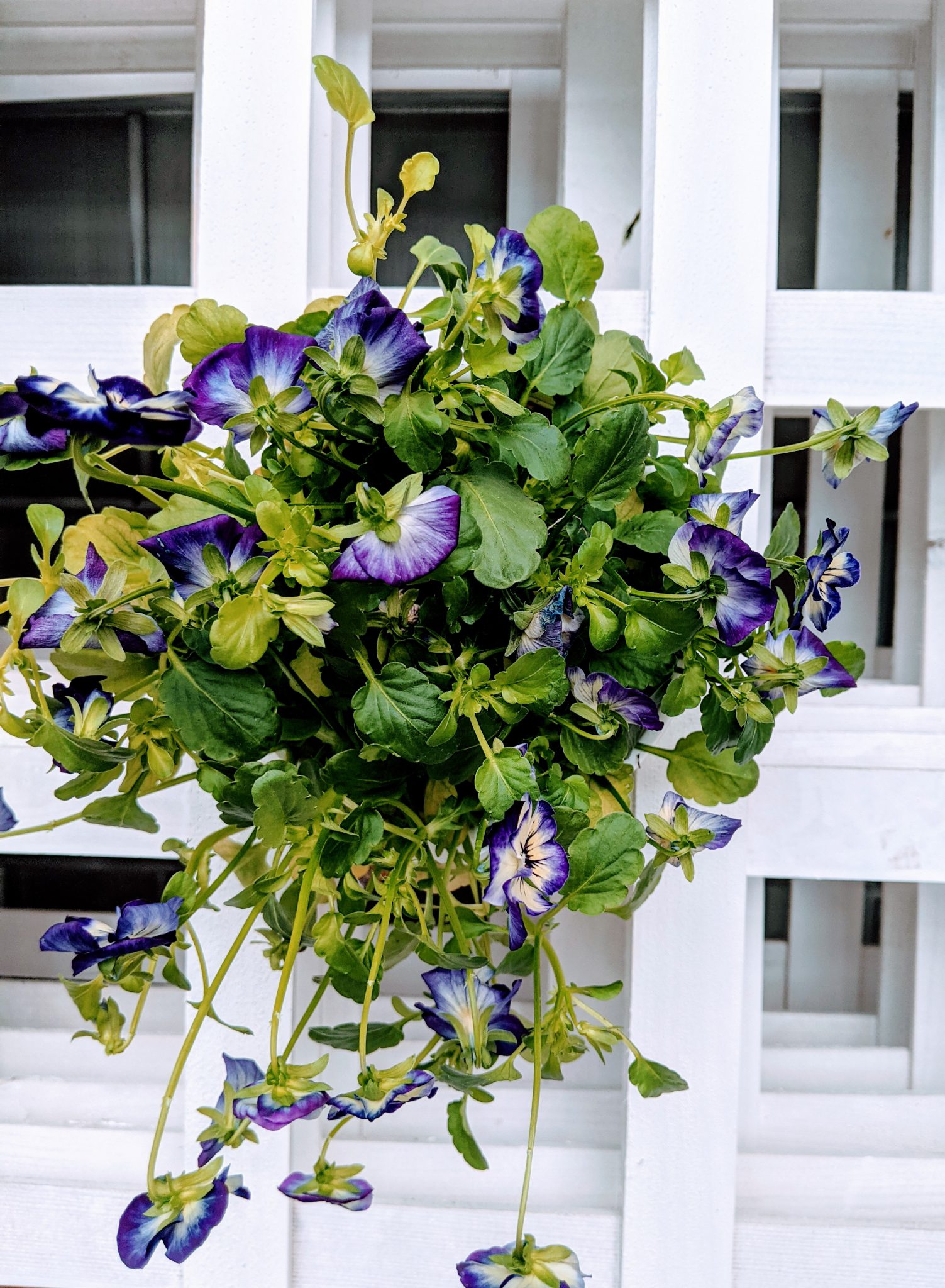
Pansy, annual or perennial
Patterns of bold, bright yellows, whites, pinks, and deep purples. The leaves taste similar to sweet lettuce or lightly flavored wintergreen. Do not eat the roots. Pansy cookies and tossed chicken salads are great recipe options. Source of vitamins A and C, with antioxidant properties.
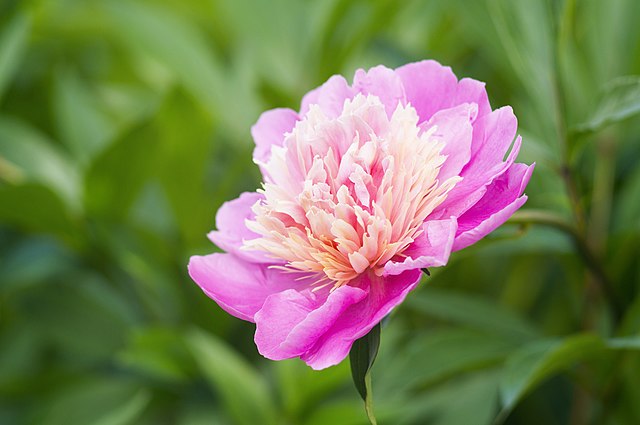
Peonies, perennial
Bushy clumps of glossy green leaves with blooms that come in an array of colors. Blossoms, roots, and seeds are edible, tasting of peaches or strawberries. Try pink peony jelly or peony ice cream with blackberry, or flavor up a lemonade. Noted for boosting immune systems.
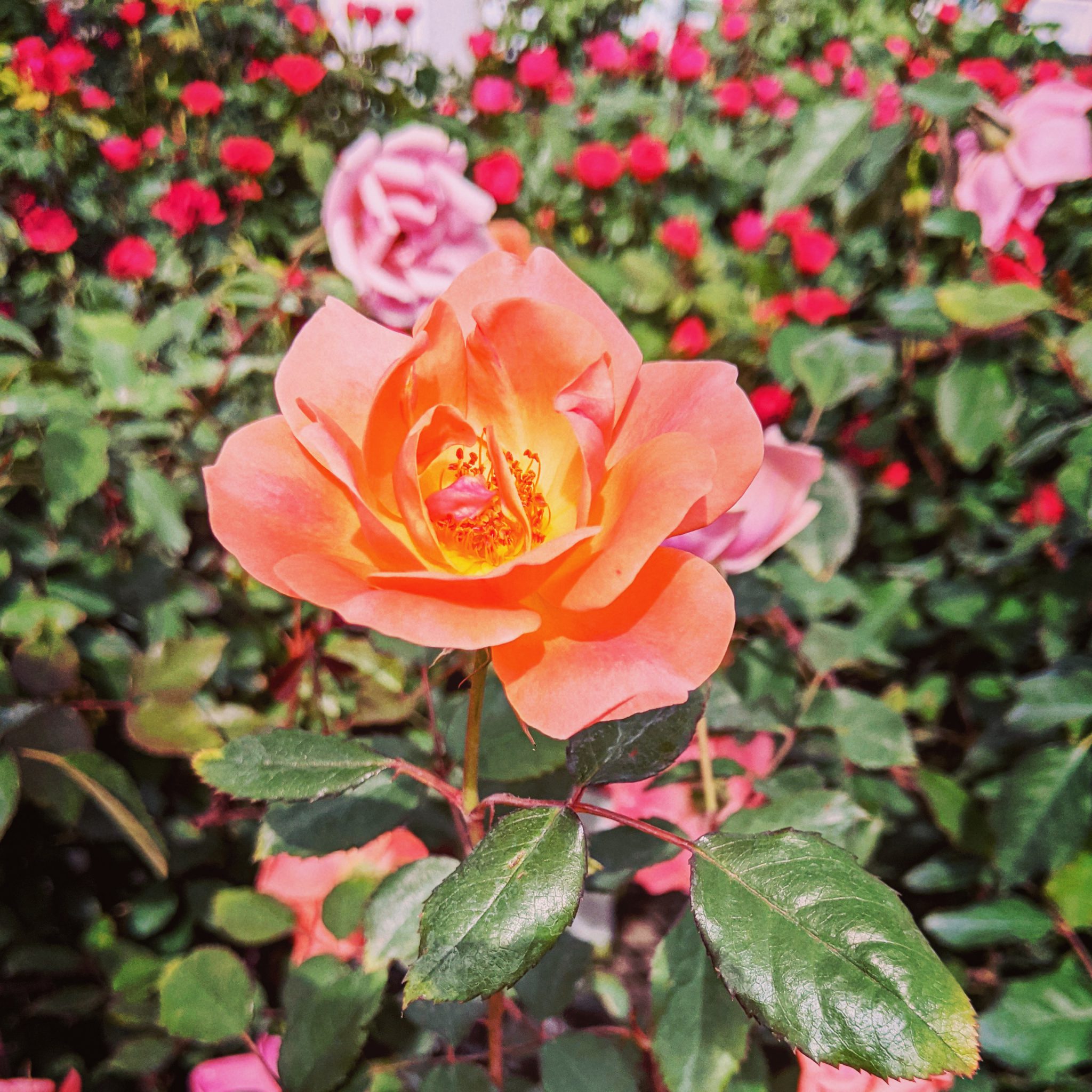
Roses, perennial
Thorny stemmed with glossy leaves, roses come in a multitude of hues. All types of roses are edible, but eat only the petals. The deeper and darker colors have stronger fruity flavors. Try rose petal syrup, or rose jam or honey, or sprinkle on vegetables. High quantity of vitamins A, C, and E, plus iron and calcium.
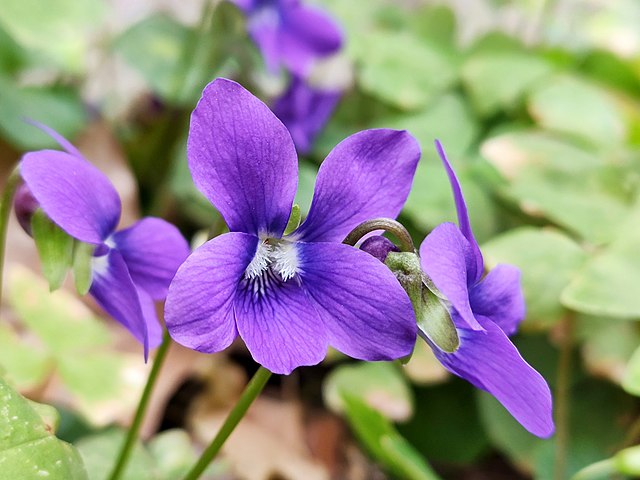
Violets, perennial
Early bloomers that grow in a wide array of colors. These little beauties’ leaves and flowers are edible. One of the healthiest flowers to eat, with high levels of vitamins C and A. Try a bright blue-colored violet syrup or jam, violet muffins, or candied violet.
Read Next: Survival Gardening 101: Why You Need To Plan Before Planting

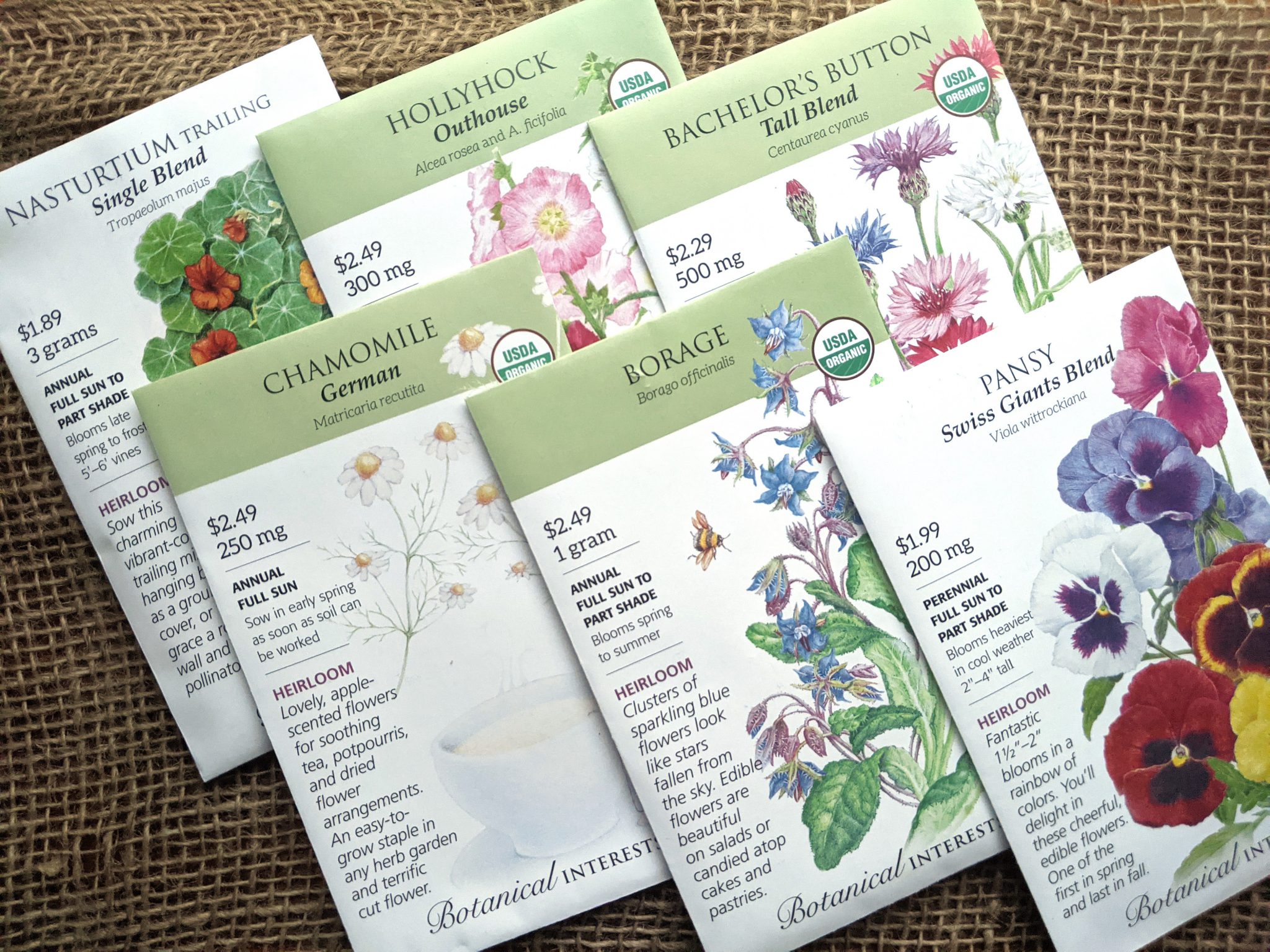

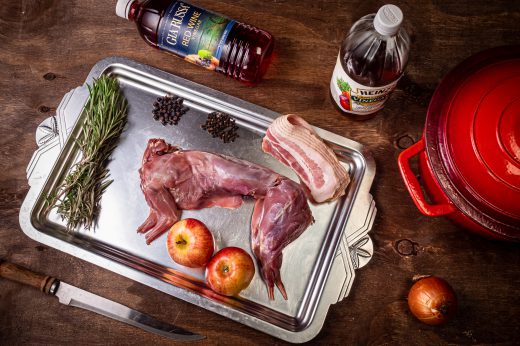
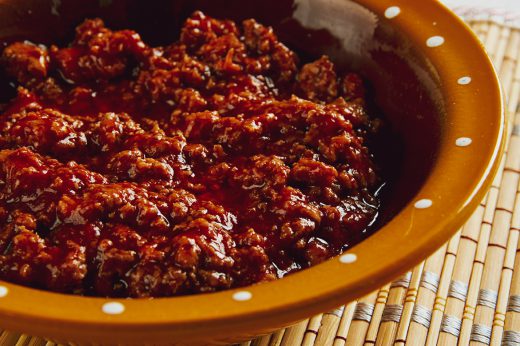
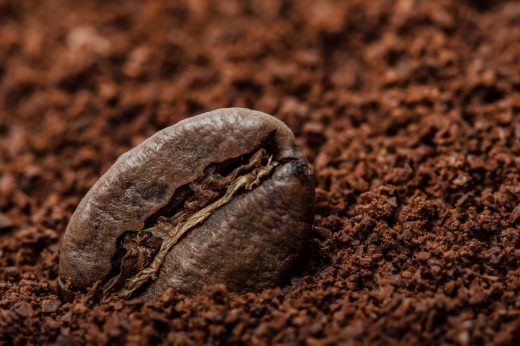


Comments